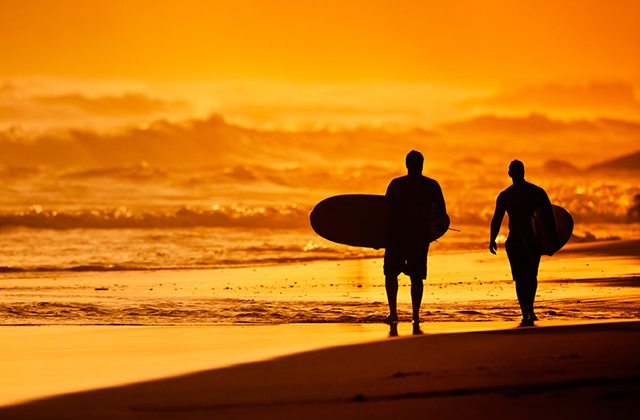Before You Adopt A Dog Or Donate Money, Be Certain You Understand How The Types Of Rescues Differ

Donating to charity is always open but make sure your chosen charity is not a scam. Over the past few years, the horrors of puppy mills have received a great deal of publicity. With that publicity has come a growing indignation about the treatment these dogs are receiving. That indignation is causing many people to want to be part of the solution to eliminating puppy mills. Some people are volunteering their time to rescue groups while people who can’t volunteer their time are donating money to rescue groups in hopes of making a positive difference. Unfortunately, there are many issues to consider before one makes the decision about where to be donating money. Rescue groups can be very different in form and function, and not all rescues are what they profess to be. Before you donate money to any rescue group you need to educate yourself about all of the “issues of concern.” This article will discuss the similarities and differences of two types of rescues.
Issue of Concern: Understand the similarities and differences of the various types of rescues.
(1) Shelters.
First, a caution! A very large percentage of Americans believe that the Humane Society of the United States (HSUS) and the American Society for the Prevention of Cruelty to Animals (ASPCA) are umbrella groups for the local shelters around the country. This is NOT true. Americans also believe their local shelters receive funding from one of these supposed umbrella groups. This is NOT true either. Each local shelter is independent. The HSUS and ASPCA publish information to distribute, sometimes coordinate rescue or disaster efforts, and make TV commercials to solicit donations, but these donations are for themselves! DO NOT mistakenly donate to the HSUS or ASPCA believing the money filters to your local shelter–it does NOT. Any organization can use the name “Humane Society” or “SPCA,” so be very careful. To support your local shelters, donate to them directly.
Your local shelters also receive no government funding. They are generally 501(c)(3), which means they are allowed to solicit for donations, and non-profit organizations. “Non-profit” is a tax classification with the IRS that specifies what income must be taxed. It does not mean the organization cannot make a profit.
Your local shelters rely on volunteers, foster families, donations, and adoption fees to function. They are taking in owner-relinquished dogs, abandoned dogs, stray dogs, and, occasionally, rescued dogs. These dogs are usually healthier and younger in comparison to puppy mill rescue dogs, and they are often already house-trained. Shelter dogs can make excellent pets because they tend not to have the extreme physical and/or mental baggage of puppy mill rescue animals. In addition, it IS possible to find a purebred dog at shelters since roughly 25% of shelter dogs are purebred.
In the past, shelters were expected to keep animals for only a few days and then euthanize any that had not been adopted due to space limitations and the lack of a sufficient number of foster families. Fortunately, there is a movement across the country to convert these “old style” shelters to NO KILL shelters. The Nevada Humane Society has an exemplary No Kill program and should considered a model for the entire country. Needless to say, the change to No Kill requires larger facilities, more volunteers, more foster families for dogs, and more money; but it is a worthy goal, a realistic goal, a necessary goal; and it is quite probably the only solution for eliminating puppy mills. Eliminating puppy mills will also require the proper legislation to give these shelters the power to investigate and close law-breaking puppy mills.
(2) Specific breed rescues and small local rescues.
Small local rescues (non puppy mill rescues) generally exist to rescue the dogs about to be euthanized from shelters. They also take strays that people turn in. Specific breed rescues are doing likewise with one or two specific breeds, like Shelties and Collies. Shelters often call breed specific rescues when they get in a dog that is obviously a given breed. Small rescues usually have volunteers who periodically check with nearby shelters to save as many dogs as possible. Very few of these rescues have their own facilities and rely heavily on foster families and donations.
These organizations are also 501(c)(3) and nonprofit organizations and they are almost always No Kill. They receive no funding other than donations and adoptions fees. The dogs they take in are usually younger, often already house-trained, more socialized, and without the extreme physical and mental baggage of puppy mill dogs.
One special benefit of breed rescues is that they know everything there is to know about their breed. They are excellent at rehabilitating the dogs they take in, and they are experts at matching people to the dogs.
Two other types of rescues will be discussed in another article and the nine remaining “issues of concern” for adopting and donating to dog rescues will be discussed in upcoming articles. Do not donate or adopt until you have read this information. If you absolutely cannot wait for those articles to be published, go to my website listed below where you will find a list of all 10 “Before You Donate or Adopt” issues of concern.
Shirley Slick, “The Slick Tips Lady,” is a retired high school math teacher and a life-long animal lover. In addition to her goals about mathematics education, she is equally concerned about puppy-mills, the dog rescue industry, and designer dogs. For more information about these topics, or tips about donating to rescues, visit her website at http://slicktipsaboutdogrescues.com/
Article Source: https://EzineArticles.com/expert/Shirley_Slick/820954
Article Source: http://EzineArticles.com/6692279

